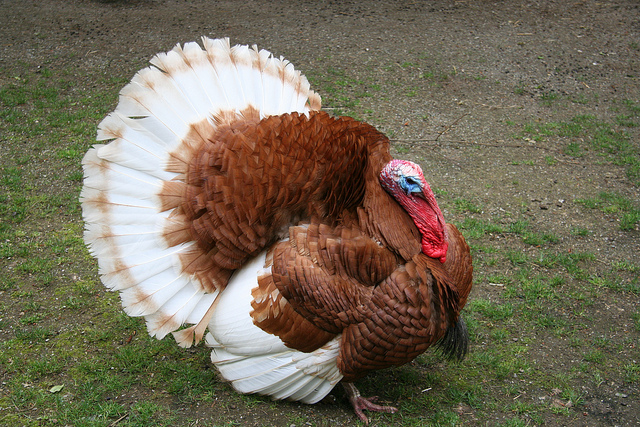Another Shot
You’ve heard this before. But there’s nothing wrong with a second shot…
Here’s the history: way back in 913, France was ruled by a king named Charles the Simple. He had a buddy named Aymar who lived along the Allier river in the center of the country. Simple Charlie liked Aymar so much that he gave him vast tracts of land and a castle in the town of Bourbon-Archambault. Here Aymar had a bunch of kids, almost all of whom took the “Archambault” name, and that title continued until 1200, when Archambault VII died without a male heir. Whereupon his granddaughter, Mathilde, took up the family mantle under a derivative name, thus becoming the first Dame de Bourbon.
The Bourbons slowly increased their power and influence throughout the Crusades and the Hundred Years’ War, becoming an important “cadet family” in the court of France until, in 1589, Henry VI became the first Bourbon king of France, ultimately earning the epithet, “Good King Henry.” (Seven more Bourbons would follow him, including Louis the XIV “The Sun King” and Louis XVI “The guy who lost his head in the French Revolution”).
During the reign of the Bourbons, French exploitation of the New World resulted in the royal family name being splattered across America. Most famously: Bourbon Street in New Orleans, Bourbon County in Kentucky, and Pedro Borbon, the Dominican relief pitcher who won two World Series with the Cincinnati Reds.
Bourbon County went on to become world-famous as a home of American whiskey. But what you may not know is that, in the late 1800’s, a Bourbon County farmer named J.F. Barbee crossed several breeds of turkey including the Buff (also known as Tuscarora), the Bronze, and the White Holland, and produced a new breed he called the “Bourbon Butternut.” At first the breed was a failure, but shortly thereafter, Barbee launched a bird brand overhaul, rechristening his bird as “Bourbon Red,” and that did the trick. Sales took off, and in 1909 the American Poultry Association recognized it as a distinct breed. By the 1940’s, Bourbon Red had become perhaps the most prevalent bird on Thanksgiving tables across the country.
But then came commercialization. The Bourbon Red was supplanted first by the Standard Bronze (which could breed naturally), then the Broad Breasted Bronze (which cannot), and finally the Broad Breasted White, which is the standard for today’s large scale industrial turkey farms.
But hang on there, don’t count out the Bourbon yet. In this
developing era of free-range, organic, and locally grown, the Bourbon Red is
fast becoming one of the most important heritage birds for Thanksgiving. Though
smaller than the broad-breasted standard, Bourbon Reds produce more flavorful
meat. And they are just fine living outdoors, foraging for themselves (and
making the next generation of Bourbon Reds all on their own, thank you very
much.)
There are only about 5000 breeding hens in the US, so they are hard to find.
But if you can find a source of Bourbon Reds, you will be promoting
sustainable agriculture, helping the environment, and giving a small farm
family something they can be thankful for.
Here in central Joisey we have a farm nearby which usually sells out of its Bourbons long before Thanksgiving. Luckily we remembered to order one a few weeks back. It’s just a 10-pounder, but it should be big enough to satisfy our small crowd next week.
It may be too late for you to find a Bourbon in your area. If so, you’ll just have to make do with the kind that comes in a bottle. Merde alors.
Cheers and Happy Thanksgiving.
